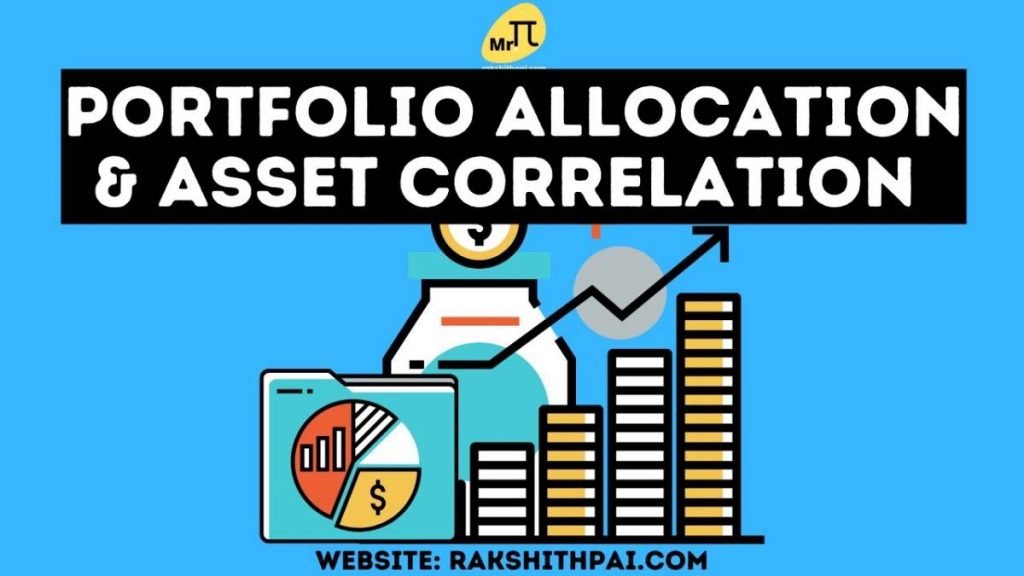Table of Contents
Direct Equity Investing:
When an investor purchases shares of a company through the stock market, they are making a direct equity investment. Equity, then, refers to the cash invested in a corporation in the form of shares. To get voting control, the investor is essentially purchasing a stake in the company.
The long-term returns of equity investments are superior to those of every other asset category. True. But how can you choose the best firm? Understanding a company’s operations, financial health, and future prospects is always time well spent.
In contrast, can you devote the time and energy necessary to learn about over 7,500 firms listed on the National Stock Exchange (NSE) and the Bombay Stock Exchange (BSE) before deciding on a single one to invest in?
For some alternative examples of numbers that might make you feel better: Companies in this index have a wide variety of market capitalizations and share prices. Where and how do you even begin?
What is Equity Fund Investing? Features, Benefits, Drawbacks, & Types Explained.
Top 10 aspects to look for in a Company:
Growth Oriented
A growth-oriented company is one that already exists but has the potential to make a lot more money from one or more of its industries. This means that the company will need more people with specialized training and high salaries, and expansion plans of land & machinery. Basically, overall growth in business.
That which enhances a business’s success rate. One way to expand a company is to increase its revenue (through more goods and services revenues), while another is to increase its profitability (through lower operating expenses).
MOAT
The term “moat” is used to describe how well a company is expected to be able to protect itself from the competition and keep making money in the future. A company’s moat is the distinct advantage it enjoys over its rivals.
For example, ITC Cigarettes and its brand loyalty. Regular smokers tend to stick with one particular brand of cigarette. A company’s “moat” is its ability to keep making money over time, and the best way to do that is to keep customers coming back.
Find & Invest in Companies With Strong MOAT!
Free Cash Flow
The term “free cash flow” (FCF) refers to a company’s net cash inflows that are not needed for working capital or capital expenditures. Free cash flow is a way to measure how profitable a business is. It includes investments in equipment and assets as well as changes in working capital on the balance sheet, but it leaves out non-cash expenses on the income statement.
In simple terms, FCF is termed as a free cash flow to the firm and is the surplus of operating cash flow over working capital requirements and capital expenditures.
Valuation
A valuation is a mathematical method for estimating the true worth of a company or an item. Businesses can be valued either on their own or in relation to other businesses or assets that are similar.
Investable securities are identified through valuation exercises in which their intrinsic worth is determined and then compared to their current market price.
In investing, we say a company is valued high when it is overvalued and low when it is undervalued.
Management
Management refers to the process of running any kind of organization, whether for profit or not. Management is the practice of organizing a company’s resources effectively.
It is the manner in which something is handled, the skill with which something is supervised, or the people in charge of an organization. Personal financial planning is an example of management in action. Having ethical management in the company you have invested is extremely important.
Past Financials
The purpose of financial statements is to report on the economic operations and results of a company in writing. The government, accounting firms, investors, and lenders all rely on audited financial records to make informed decisions.
As an investor intending to invest in a company, you are supposed to be aware of the past happenings of the company. Thus, reading at least the past 3 to 5 years of the company’s financials is crucial.

Operating Efficiency
Operating Efficiency is a metric for resource allocation in a commercial setting. Operational efficiency is the ratio of a process’s output to the inputs it requires to run smoothly. The ratio of output to input will rise as operational efficiency rises.
So, operational efficiency is an organization’s capacity to produce a high-quality service or product while minimizing the time, effort, and resources wasted in doing so.
Debt
One’s debt level indicates the amount of money they owe to another person or organization. Many businesses and people rely on debt to finance costly investments. In a debt arrangement, one person gives money to another person on the condition that the money will be paid back in the future, usually with interest.
Hence, debt is an obligation to repay a sum of money, while financing is the provision of money for use in economic activity.
Return to Shareholders
A company’s profitability can be evaluated by looking at its return on equity. ROE can alternatively be viewed as a return on assets minus liabilities since a shareholder’s equity is determined by adding up all assets and removing all liabilities.
Net income is used to calculate ROE, which is the ratio of a company’s profitability to the money its shareholders have invested in the business.
So basically, the return on equity measures how profitable a company is and how effectively it makes money. Return on equity measures how efficiently a business turns stock funding into earnings.
High ROE Stocks in India – 2022
Future Prospects
A company’s future prospects in the market are determined by its expected performance in the face of intense competition. A company’s market prospects are its expected level of competitiveness in a certain market.
If a company’s revenue is increasing on an annual basis and its fixed expenses, including labor costs, are consistent or decreasing, the outlook is generally positive. Evaluate the firm’s debt levels and its ability to get funds.
So, future prospects can be anything and everything about the company that tells us where it is heading.
Conclusion:
Investment is the use of a resource with the expectation that its value will rise over time. In order to make an investment, one must first give up something of immediate value. When you buy something on the financial market, the goal is to make money from it. But only after careful consideration.
In this article, we have mentioned 10 such aspects that need to be considered before investing in a company.
FAQ’s:
For more Information, Check this Video:
Disclaimer: All the information on this website is published in good faith and for general information purposes only.









